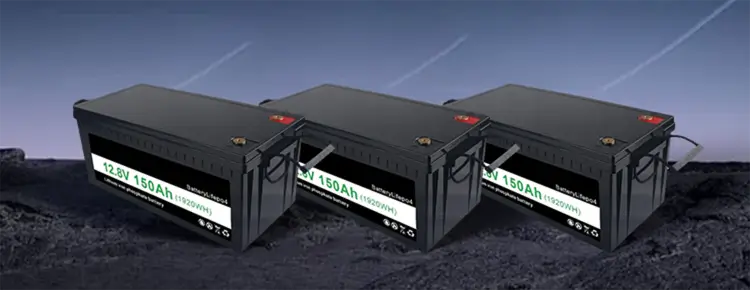
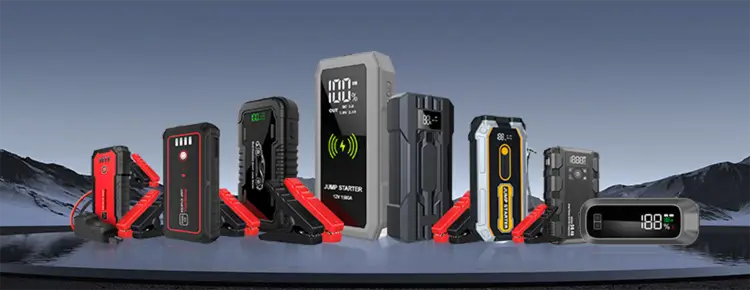
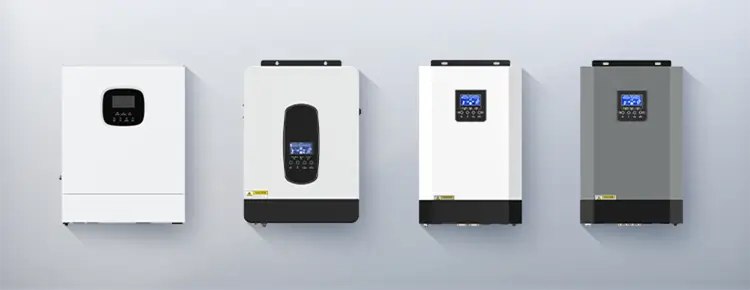

Blog
Hot Category
Latest Blog
06 Mar 2025
Eli
Going off the grid with solar power is a dream for many who want to achieve energy independence, lower electricity bills, and a greener lifestyle. But how much solar power do you really need to completely cut ties to the utility grid? The answer depends on several key factors, including your energy consumption, location, and battery storage capacity. In this guide, we'll break it down step by step.
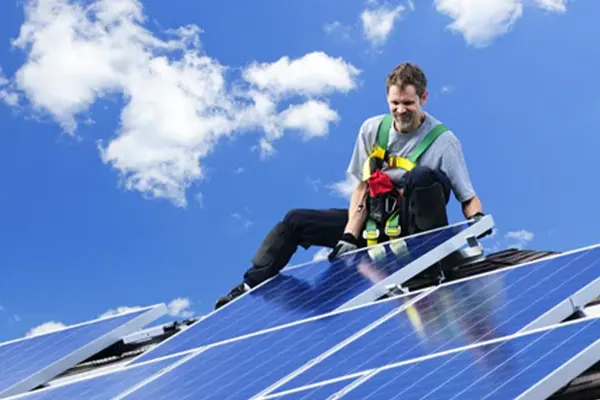
The first step in designing an off-grid solar system is to understand your electricity usage. This is measured in kilowatt-hours (kWh) and is measured on a daily or monthly basis. You can find this information on your utility bill. On average, American households consume about 30 kWh per day, but this can vary based on lifestyle, home size, and appliances used.
Look at your electric bill and find your monthly electricity usage in kWh. Divide by 30 to get your daily energy consumption. Identify high-energy-consuming appliances (like air conditioners, heaters, and refrigerators) and consider energy-efficient alternatives.
Once you know your daily energy needs, you can estimate how many solar panels you will need. The amount of sunshine in your area (measured in peak sunshine hours per day) plays a crucial role.
Let's say you need 30 kWh per day.
If your location has 5 peak sunshine hours per day, each kW of solar panels will produce about 5 kWh per day.
To produce 30 kWh per day, you would need: 30 kWh/5 peak sunshine hours = 6 kW of solar panels. If you use 400W solar panels, you would need 15 panels (6,000W/400W = 15 panels).
Since solar panels only produce electricity during the day, you would need a battery bank to store the energy needed at night and on cloudy days.
Let's say you need 30 kWh per day.
For 24-hour backup, you’ll need at least 30 kWh of battery capacity. Lithium-ion batteries (like the Tesla Powerwall) typically store about 13.5 kWh each, so you’ll probably need two or more.
For longer autonomy (e.g. multiple cloudy days), consider increasing the battery capacity.
Charge controller: regulates the amount of power going into the battery.
Inverter: converts the DC power from the solar panels into AC power that can be used in your home.
Portable power station: for emergencies or long cloudy days. (Like this one, the YD-T30 with its 3000W power rating and 2688Wh capacity, is capable of powering most appliances in your home).
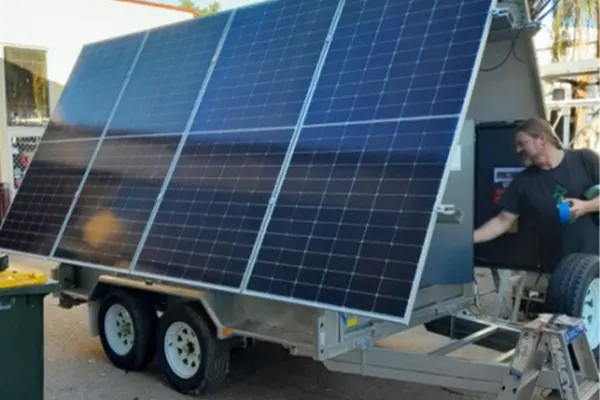
Going off-grid solar power requires careful planning. Start by assessing your energy needs, calculating the solar panel capacity you’ll need, and making sure you have enough battery storage. While the upfront costs are high, the long-term benefits of energy independence, lower utility bills, and environmental sustainability make it a worthwhile investment.
If you are considering an off-grid solar system, consulting with a professional installer can help you optimize the design to meet your specific needs. With the right setup, you can enjoy a self-sufficient, renewable energy lifestyle!